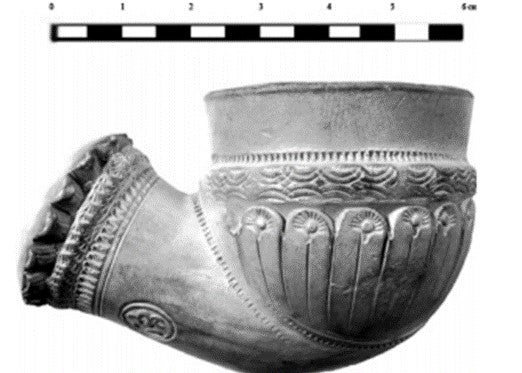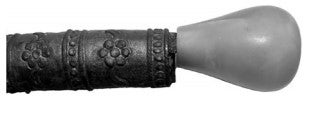
In the 1980s, Bulgarian Archaeologists under the Centre for Underwater Archaeology at Sozopol discovered a post-Medieval shipwrecks outside of Kitten, Bulgaria. In 2000, the Institute of Nautical Archaeology (INA) and the Centre for Underwater Archaeology (CUA) formed a team to completely excavate the remains of the ship. Along with the wreckage, a series of highly preserved artifacts were found, including a variety of Ottoman tobacco pipes and other paraphernalia related to tobacco consumption. Officially INA and CUA collected nineteen pipe bowls and fragments, including disc-based pipes, round bowl pipes, and sack shaped pipes.

Each individual pipe preserved by the Black Sea waters shows various signs of use and differences in decoration, design, and color. Unlike their European counterparts, Ottoman pipes are understudied but offer potential in looking at Eastern trade routes and cultural typologies.

Images part of Kroum N. Batchvarov collection.
Batchvarov, Kroum N.
2014 Clay Pipes and Smoking Paraphernalia from the Kitten Shipwreck, an Early Nineteenth-Century Black Sea Merchantman. International Journal of Historical Archaeology. 18(1): 1-19.
